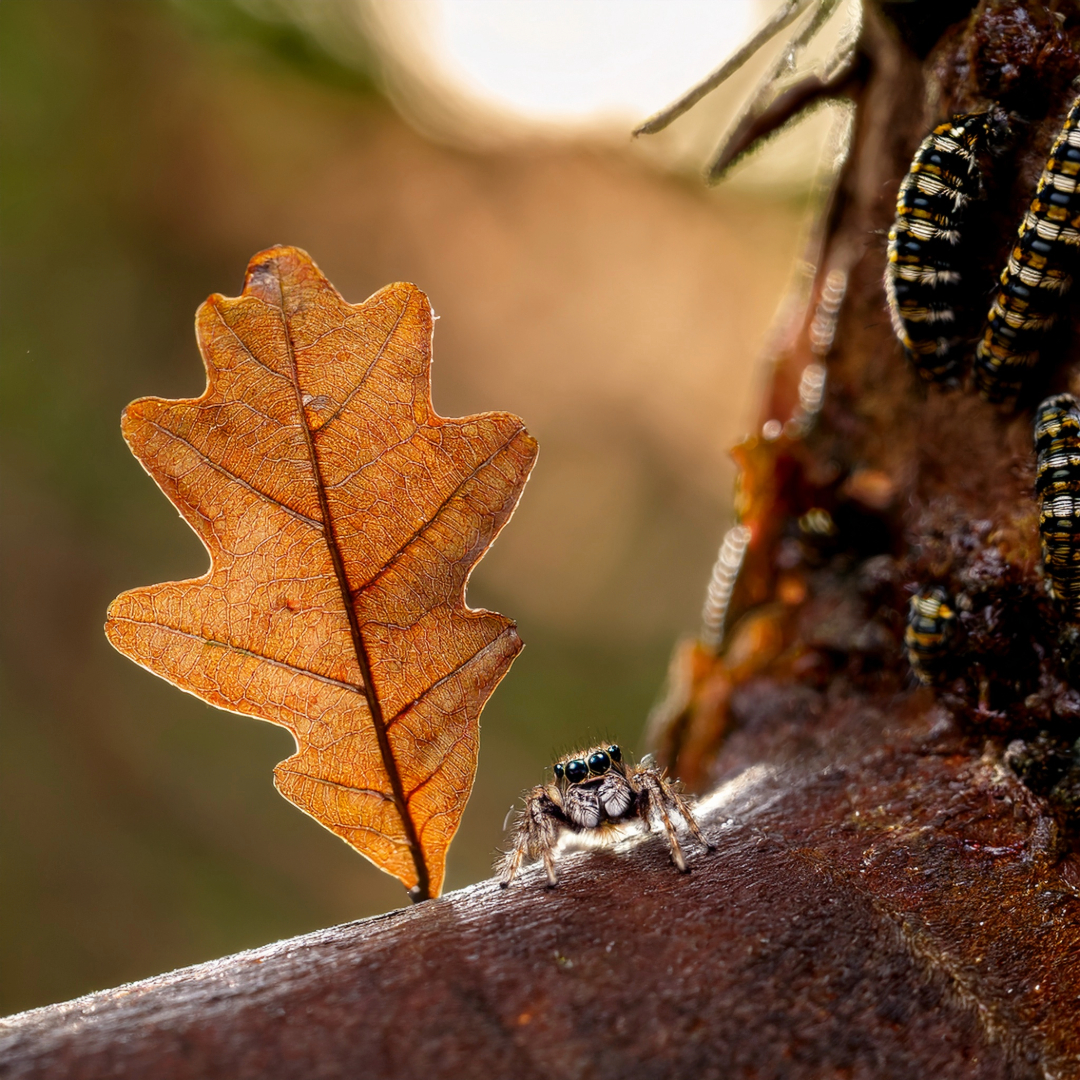
Return on June 28th to uncover the city’s most astonishing arachnids and caterpillars: vibrating suitors, "nursery web" mothers, and geometer larvae that measure leaves like living tape measures. Why do some spiders gift-wrap their mates’ meals? And which caterpillar’s hairs trigger rashes worse than nettles?
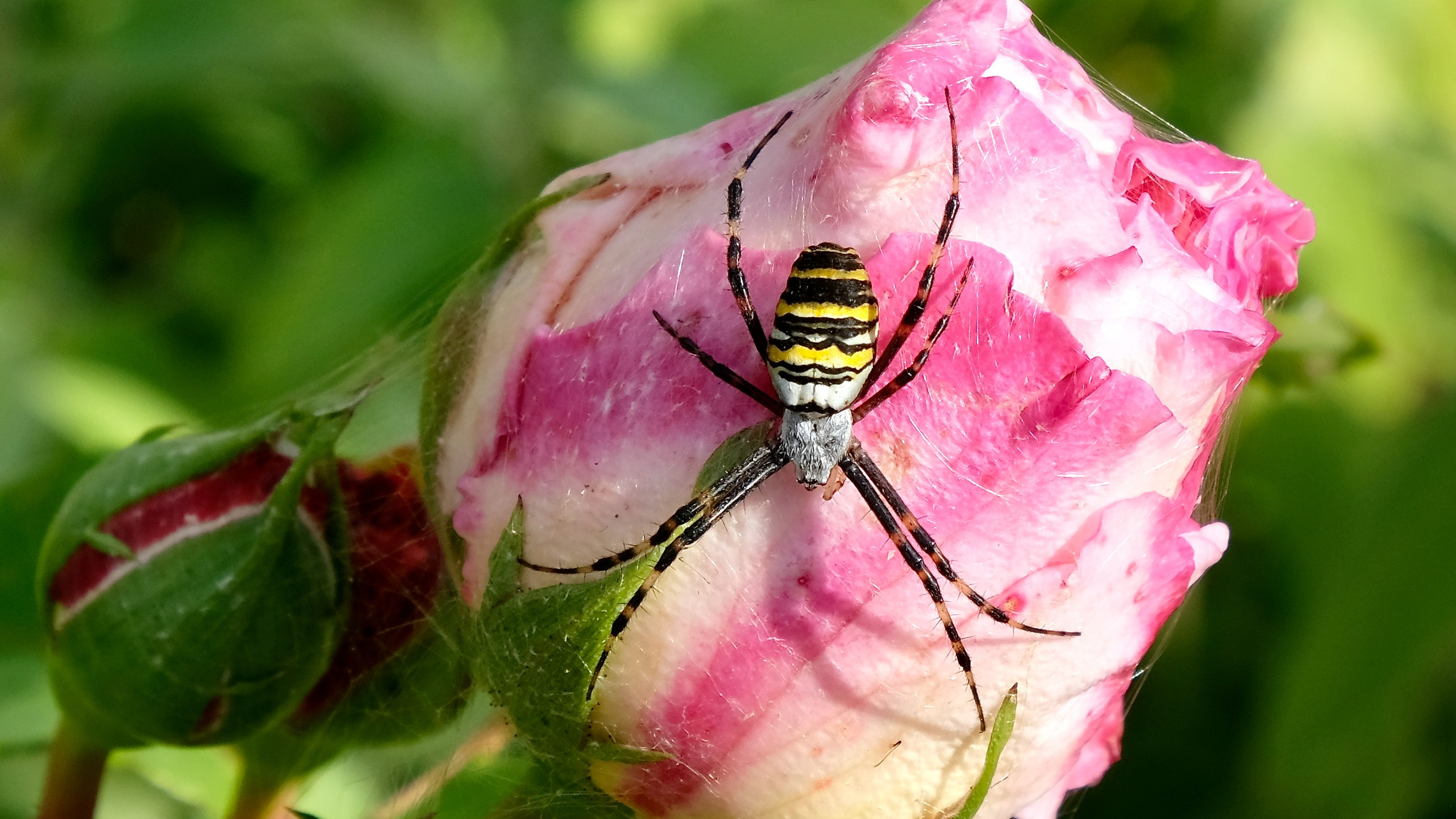

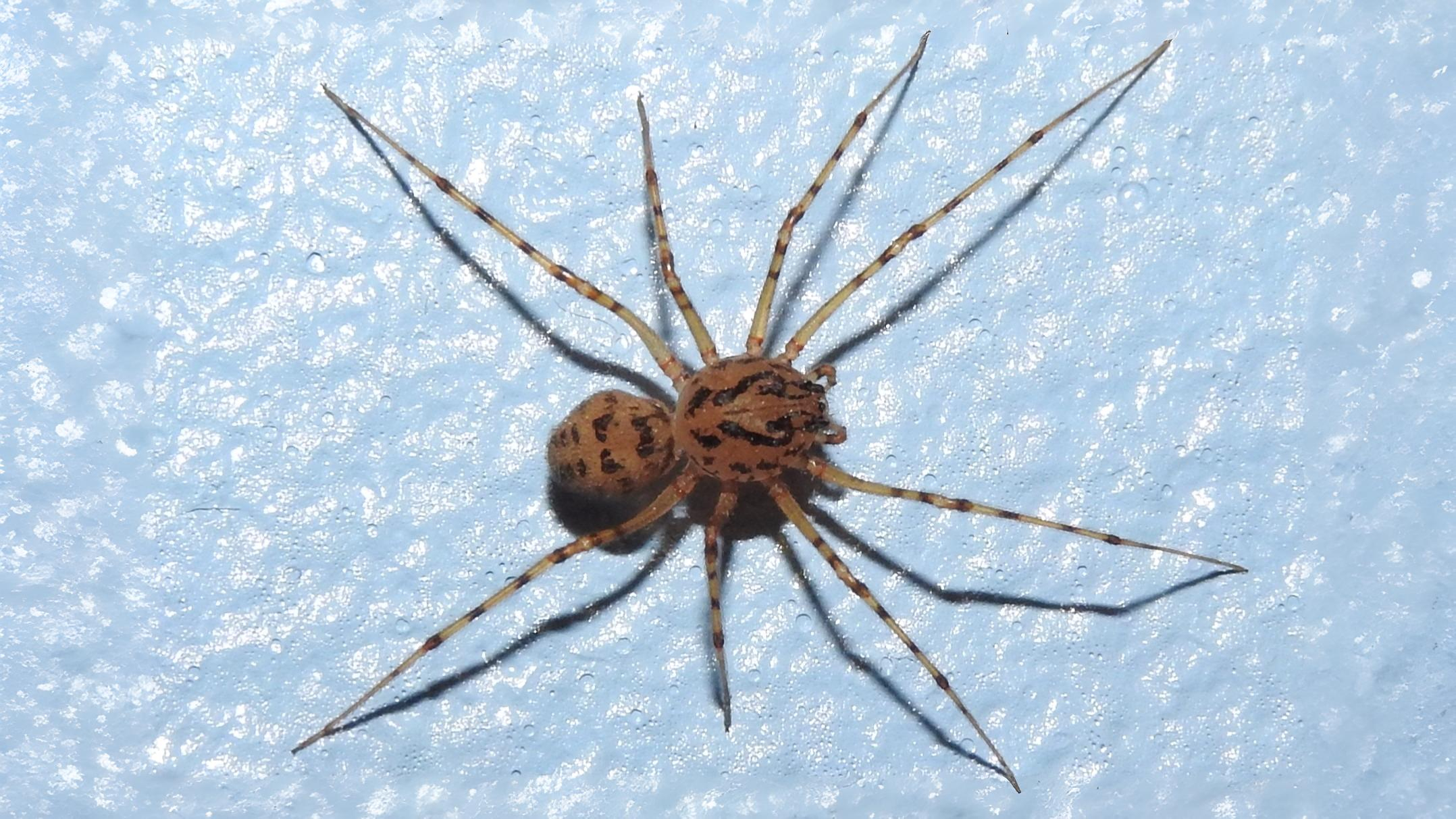

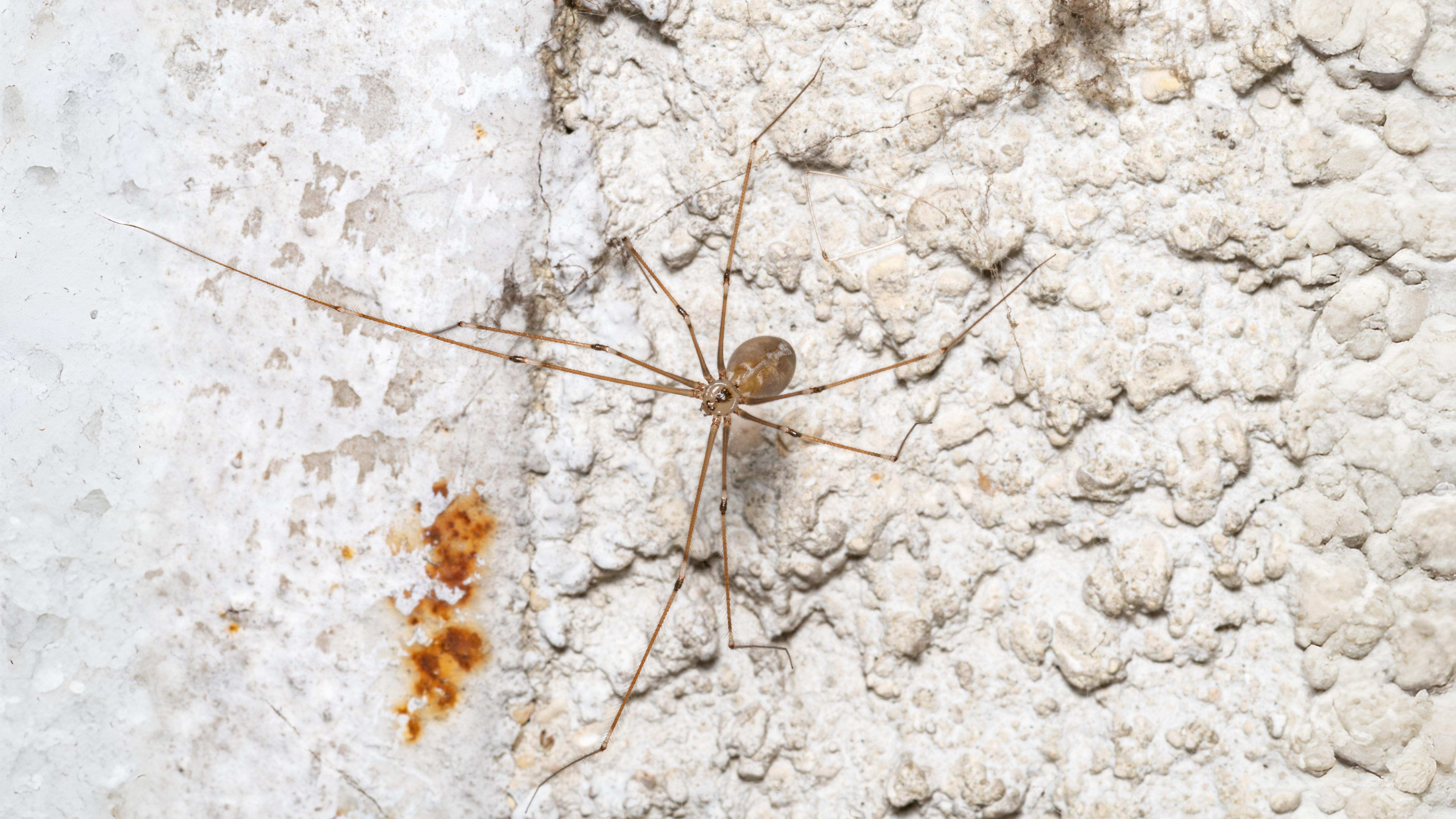

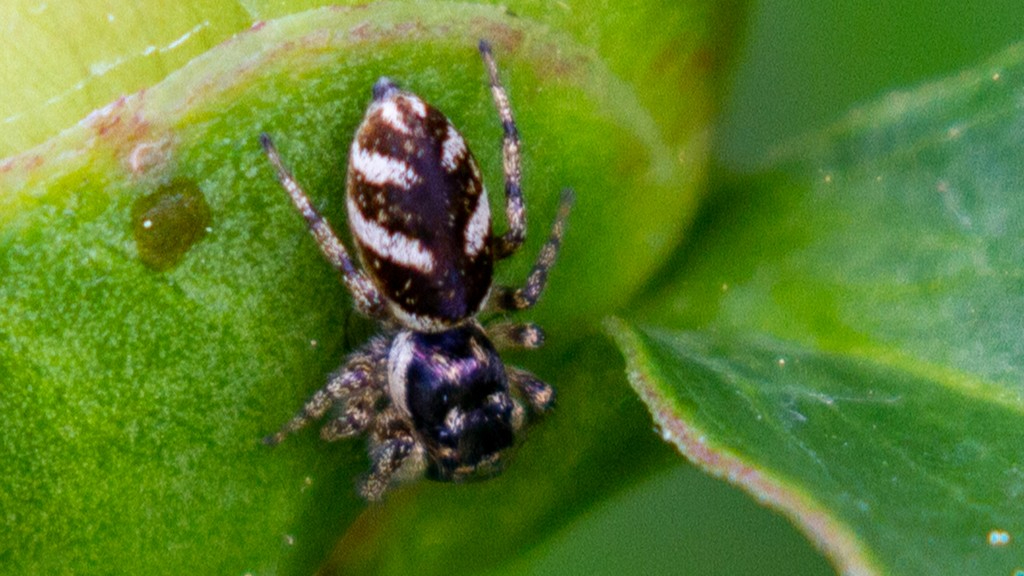

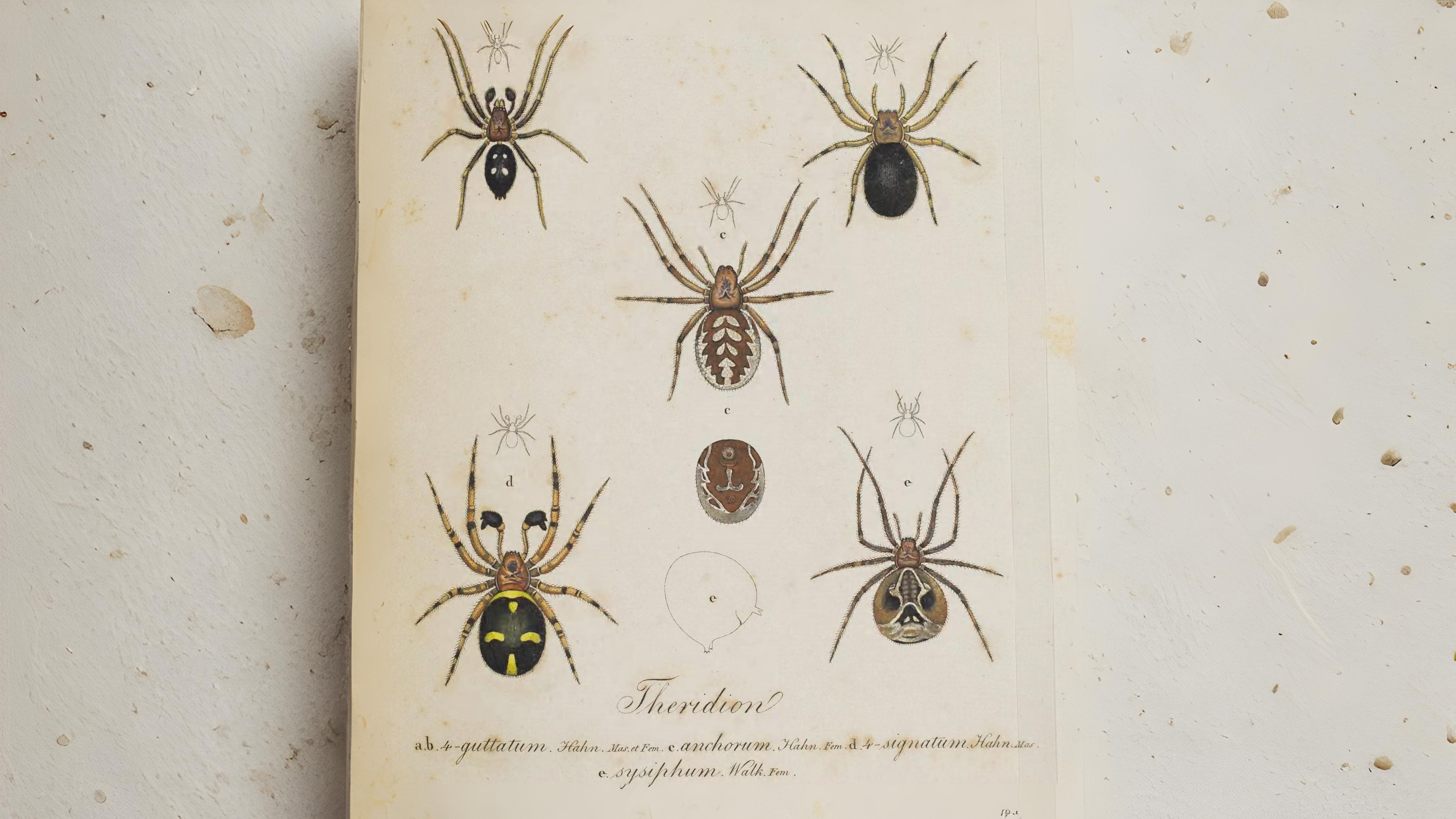

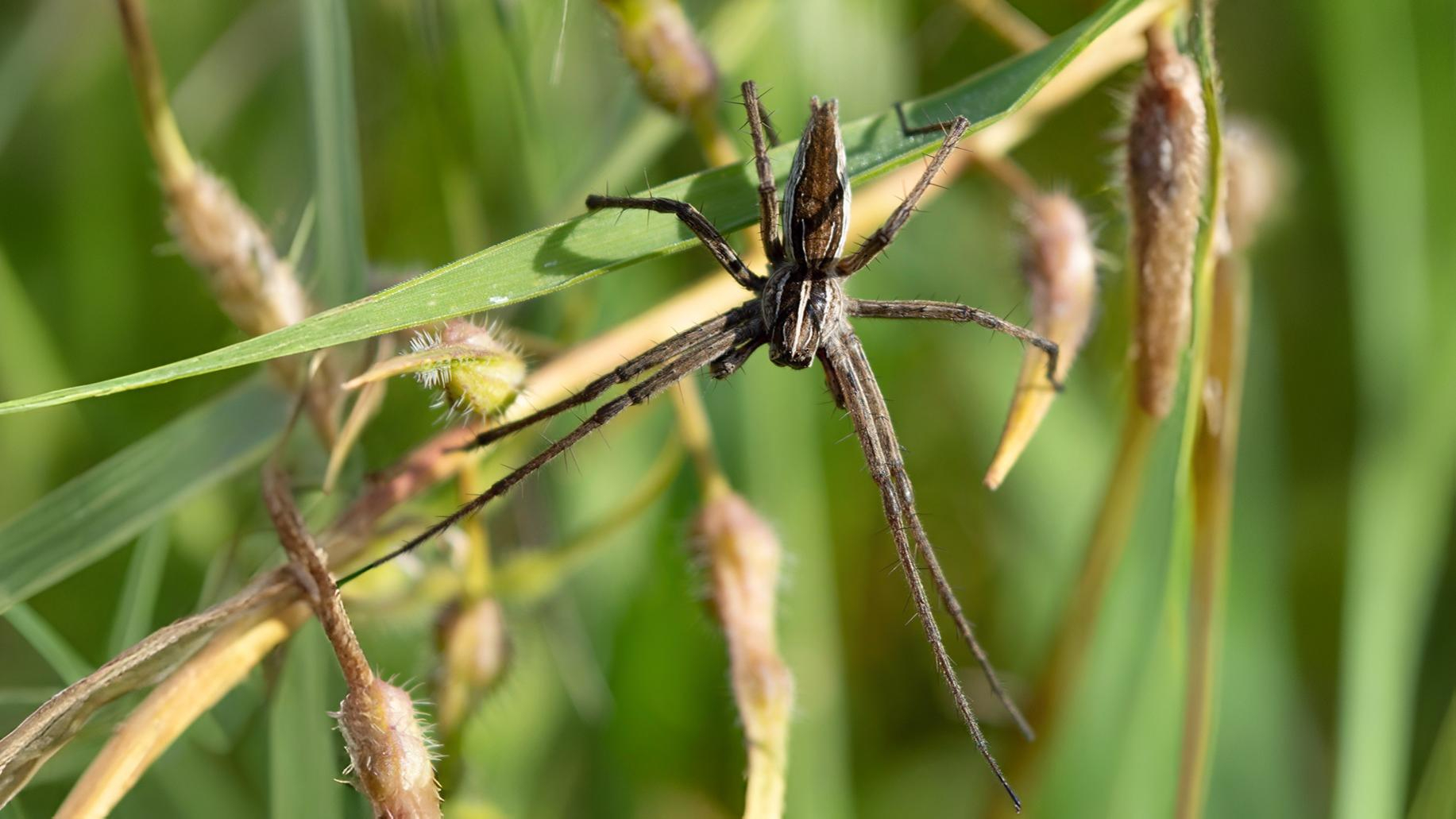

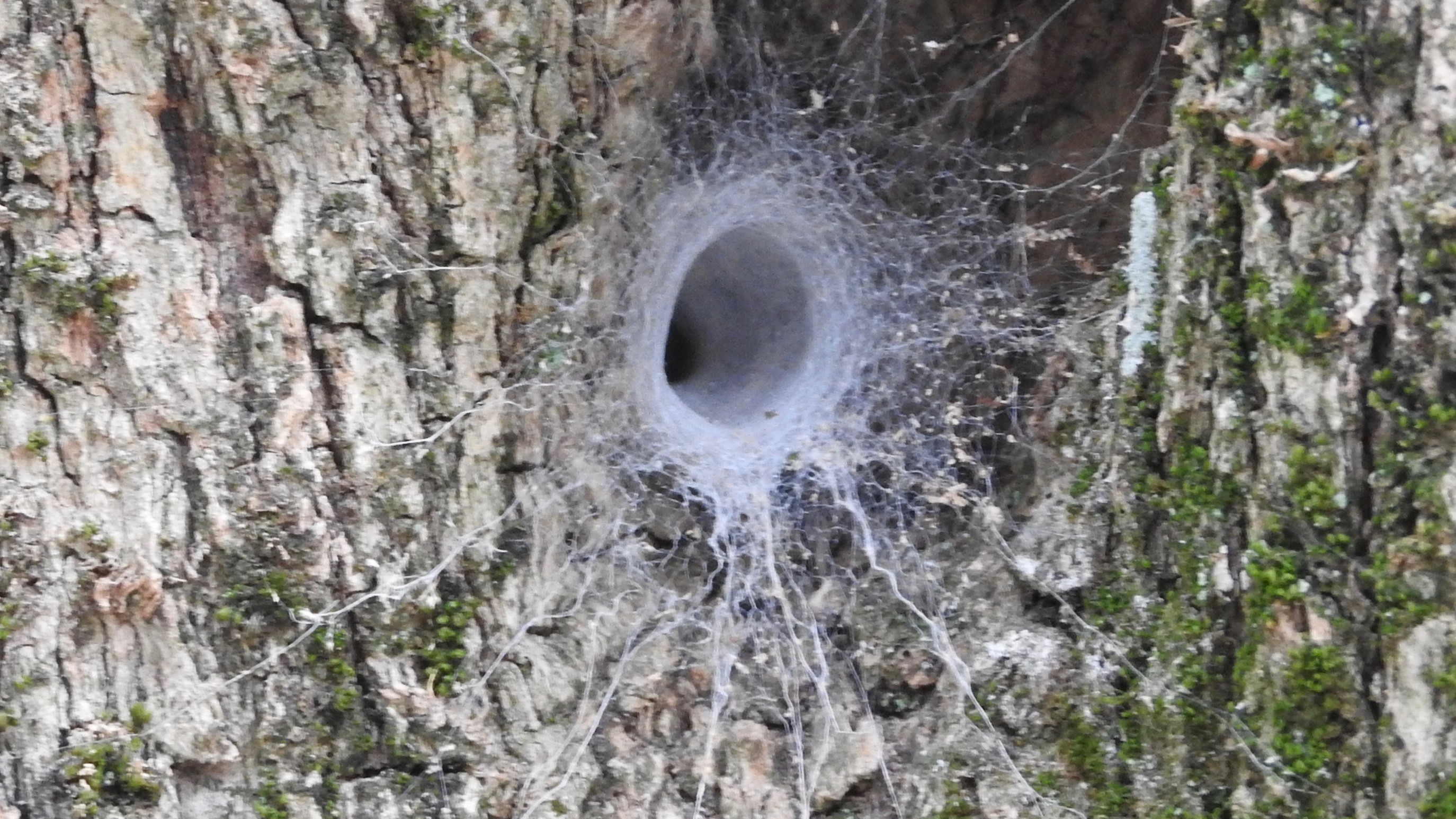

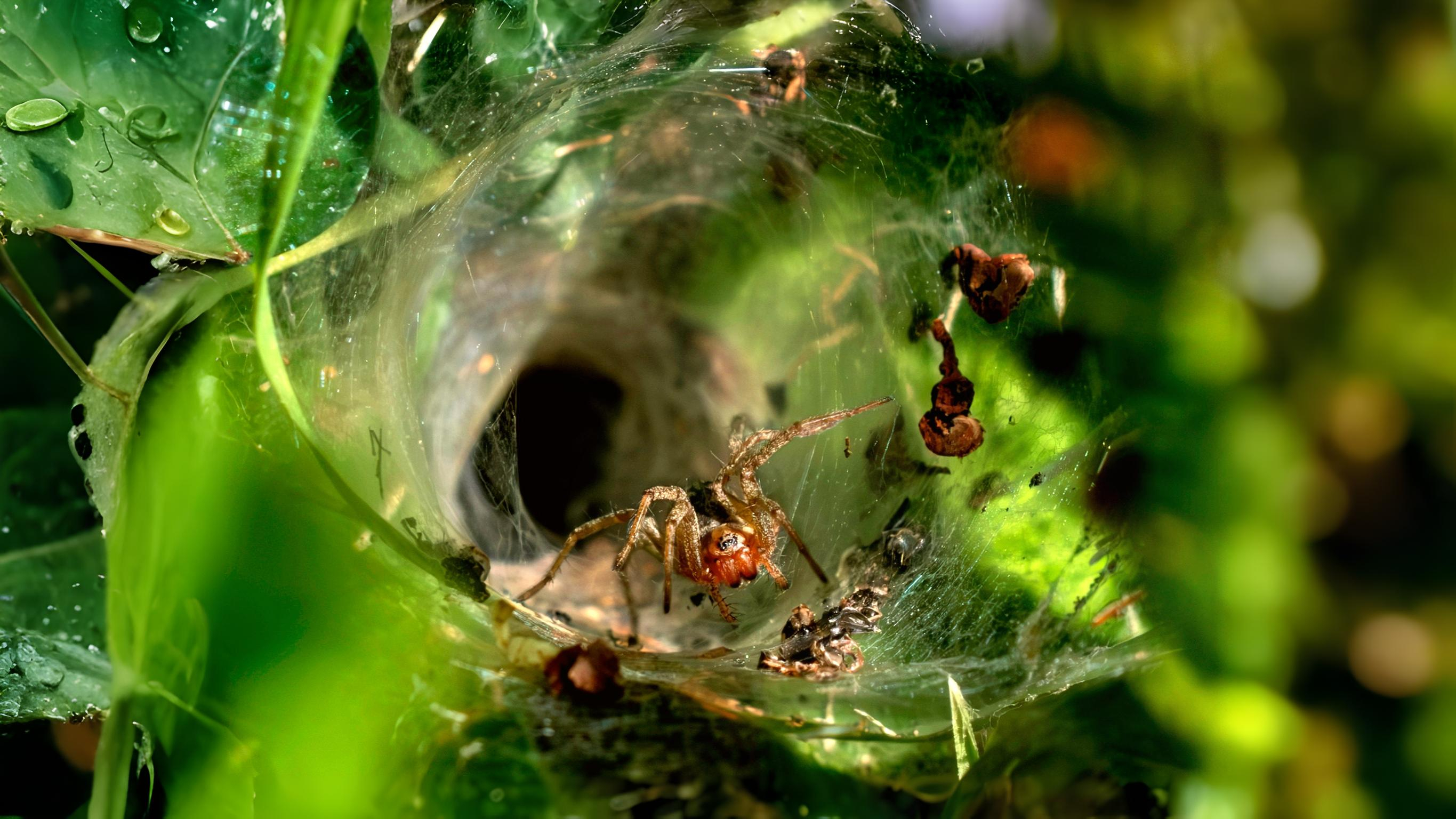

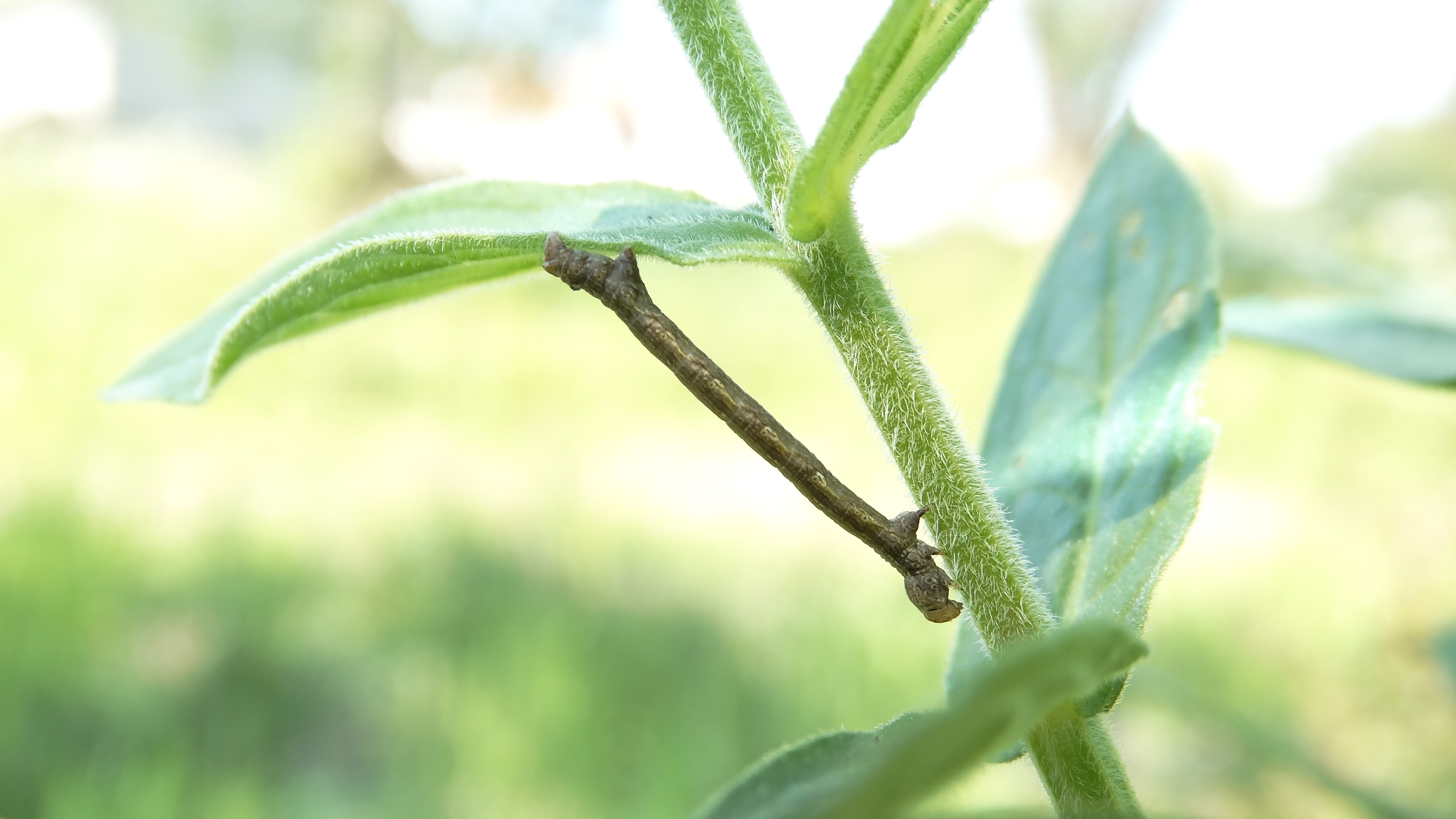

The eggs of some of our butterflies e.g. Brimstone, Orange tip, Green hairstreak, Peacock and Painted lady are all now hatching. Several of the blues, the Comma and the Purple hairstreak may well have hatched a little earlier. The caterpillars of some skippers, the Ringlet and Marbled white can all be found in several different months of the year and butterflies that have more than one brood e.g. whites, Adonis blue, Holly blue, Speckled wood and Red admiral are all seen in more than one season. Compared with moth caterpillars our butterfly caterpillars are not usually particularly colourful but some, such as the blues, do have very beautiful, highly sculpted eggs. Many of our butterfly caterpillars are small, green with thin lines of colour usually either yellow, reddish or purple.


It is easy enough to find caterpillars of white butterflies on cabbages in gardens. Wimbledon common is a good place to see geometers on the oak trees either looping when disturbed or hanging on silk threads. Sometimes notices are put up where there are silken tents filled with such gregarious caterpillars as the Brown tail.



